Geographically speaking, France is the most prevalent area of Romanesque art, and is also the origin of the Gothic art. At the beginning of the twelfth century, Elder Abbot Suger, the director of the Abbey Church of Saint-Denis in the suburbs of Paris, received an inspiration from the sparkling jewels in the treasure house of the church and the stained glass that was widely used at the time. He believes that by looking at gorgeous material, it may be possible to elevate the human spirit to a more complete gaze of God's kingdom. This view of him has completely changed the low, dark, heavy, ill-lit Romanesque church.
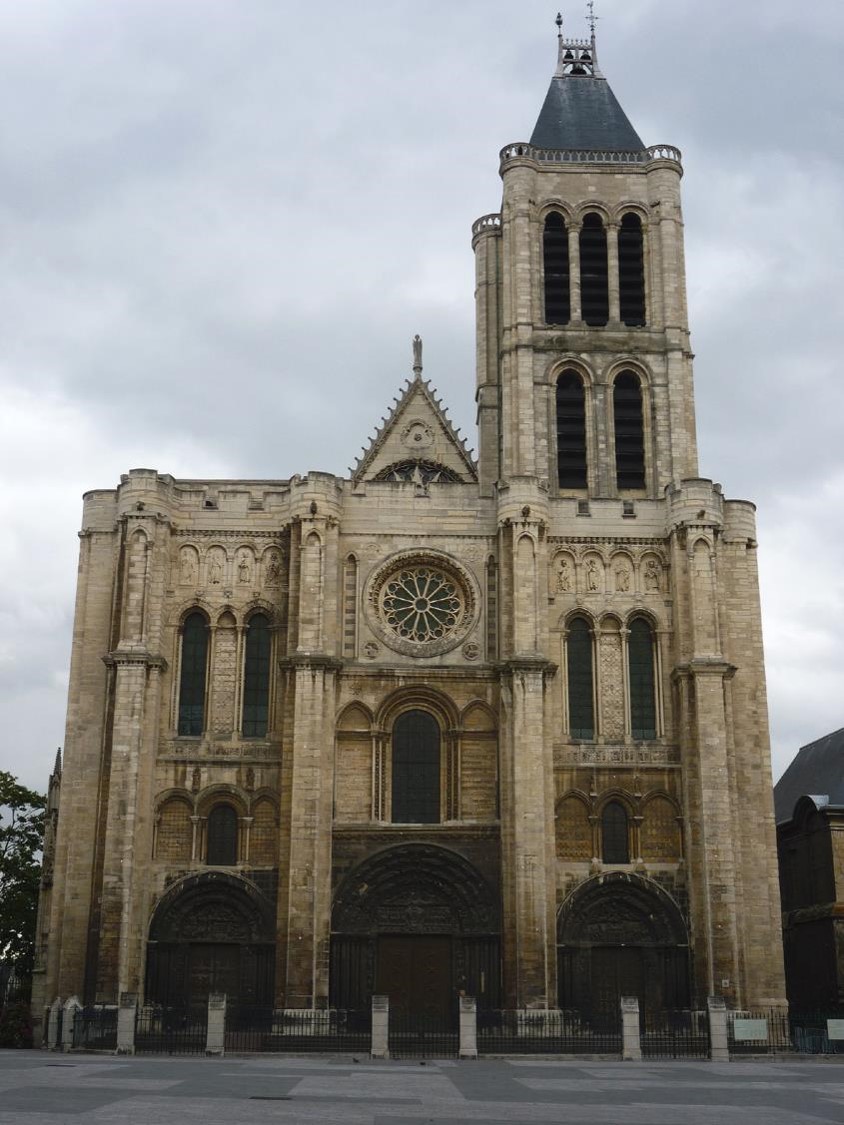
Abbey Church of Saint-Denis
1140 ~ 1144
Abbot Suger
Paris
Gothic architecture
Gothic architecture has three features in its structure: pointed arches, arches, and flying buttress. None of these three were the invention of the Gothic period. Even the stained glass windows mentioned above were not the invention during the period too. But after a long period of experience, the Gothic architects just combined the three technologies into one. And transformed the heavy and strong Romanesque art of building into a unique form that emphasizes vertical upwards, lightness and slenderness; in addition to stained-glass windows, the religious mystique of light is expressed, and therefore people who went into a Gothic architecture, will feel a kind of mysterious, splendid and heavenly atmosphere.
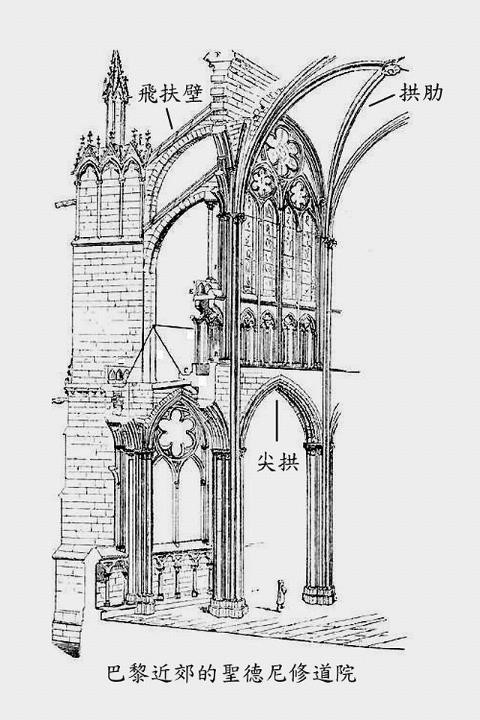

Notre Dame de Paris
1163 ~ 1250
Maurice de Sully
Paris

Amiens Cathedral of Notre-Dame
1220 ~ 1288
Amiens
When people look up, you can feel that the church dome is like a hung canopy. Especially when light is poured in from the high window, the lighting effect highlights the three-dimensional structure of the building. Therefore, the interior of the church naturally produces a holy effect.
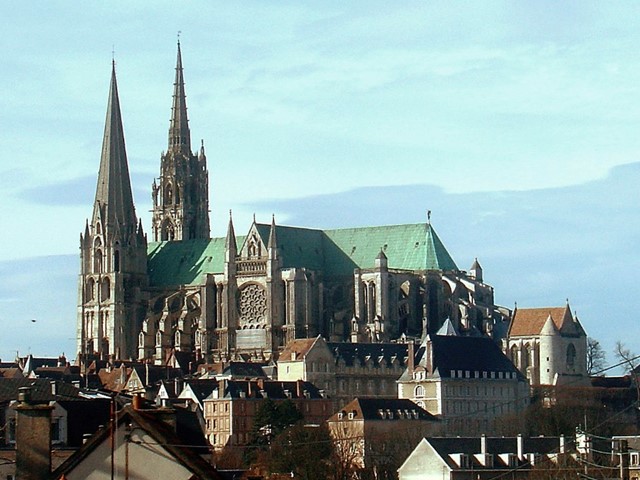
Chartres Cathedral
1194 ~ 1260
Chartres
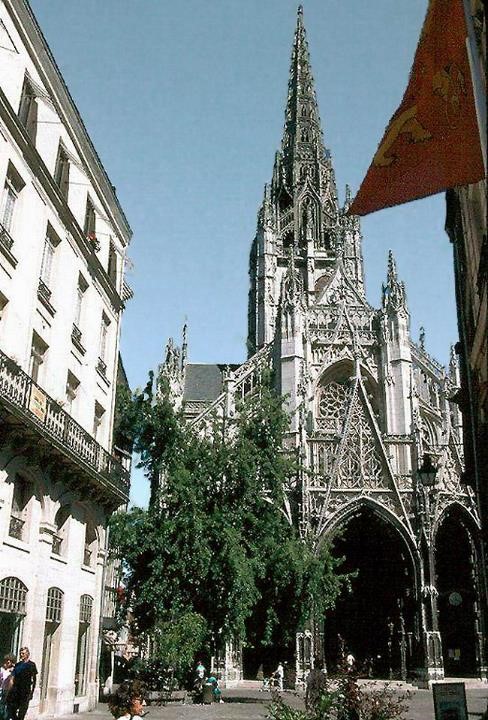
St. Maclou's Church
1500 ~ 1514
Rouen
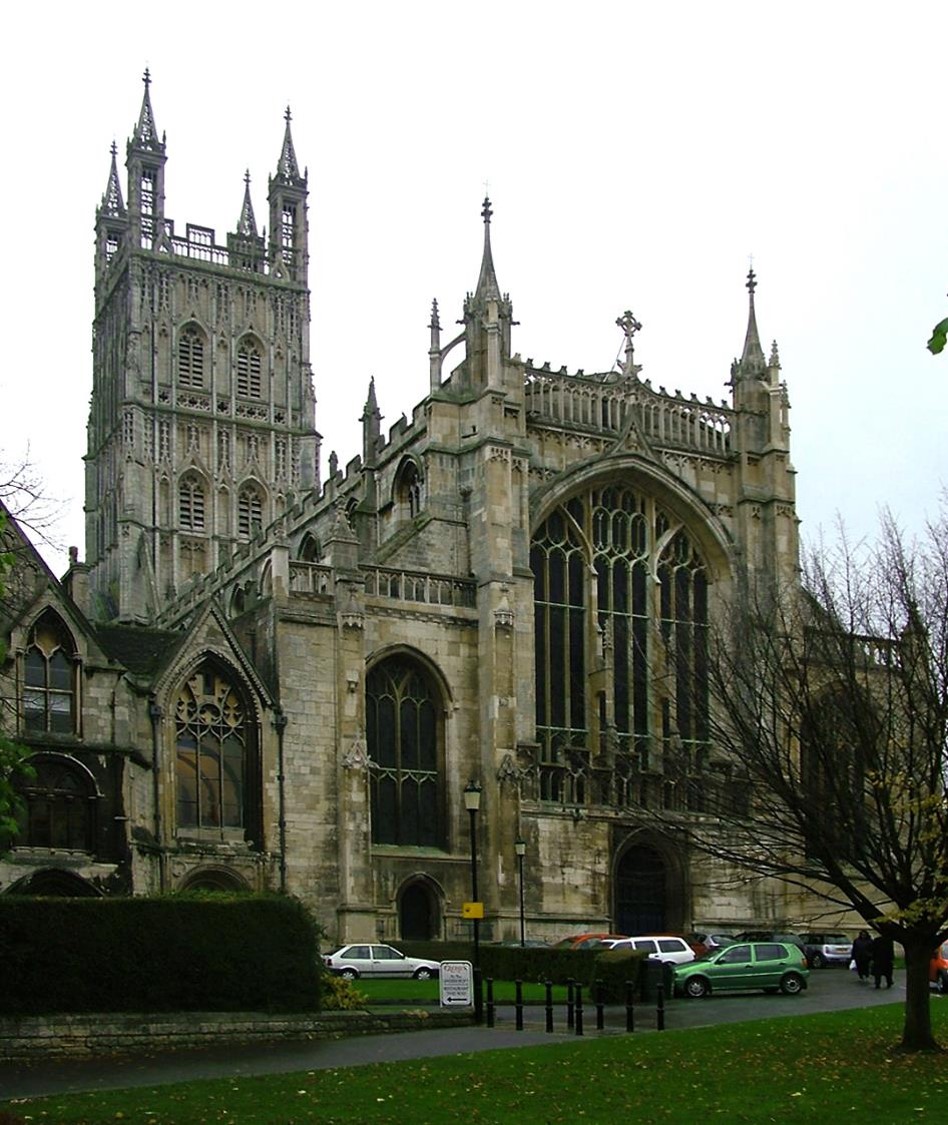
Gloucester Cathedral
1337 ~ 1350
Gloucester
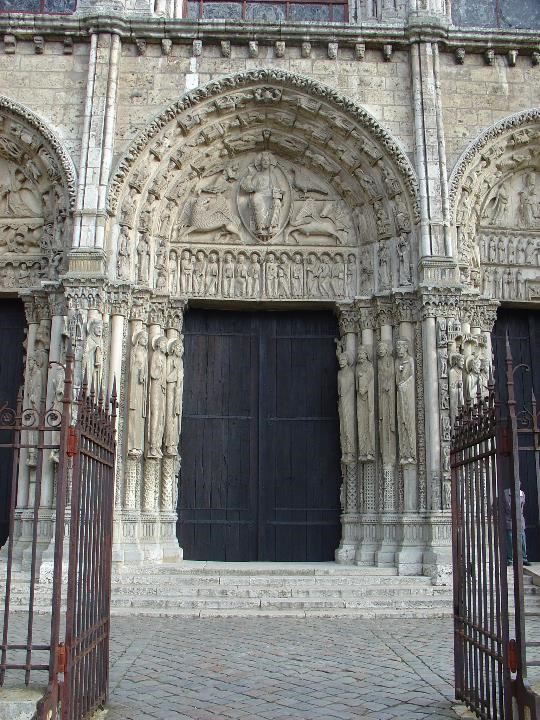
relievo at Chartres Cathedral
1170
Chartres

Sources: Internet
 HK DOLLAR
HK DOLLAR







Leave A Comment